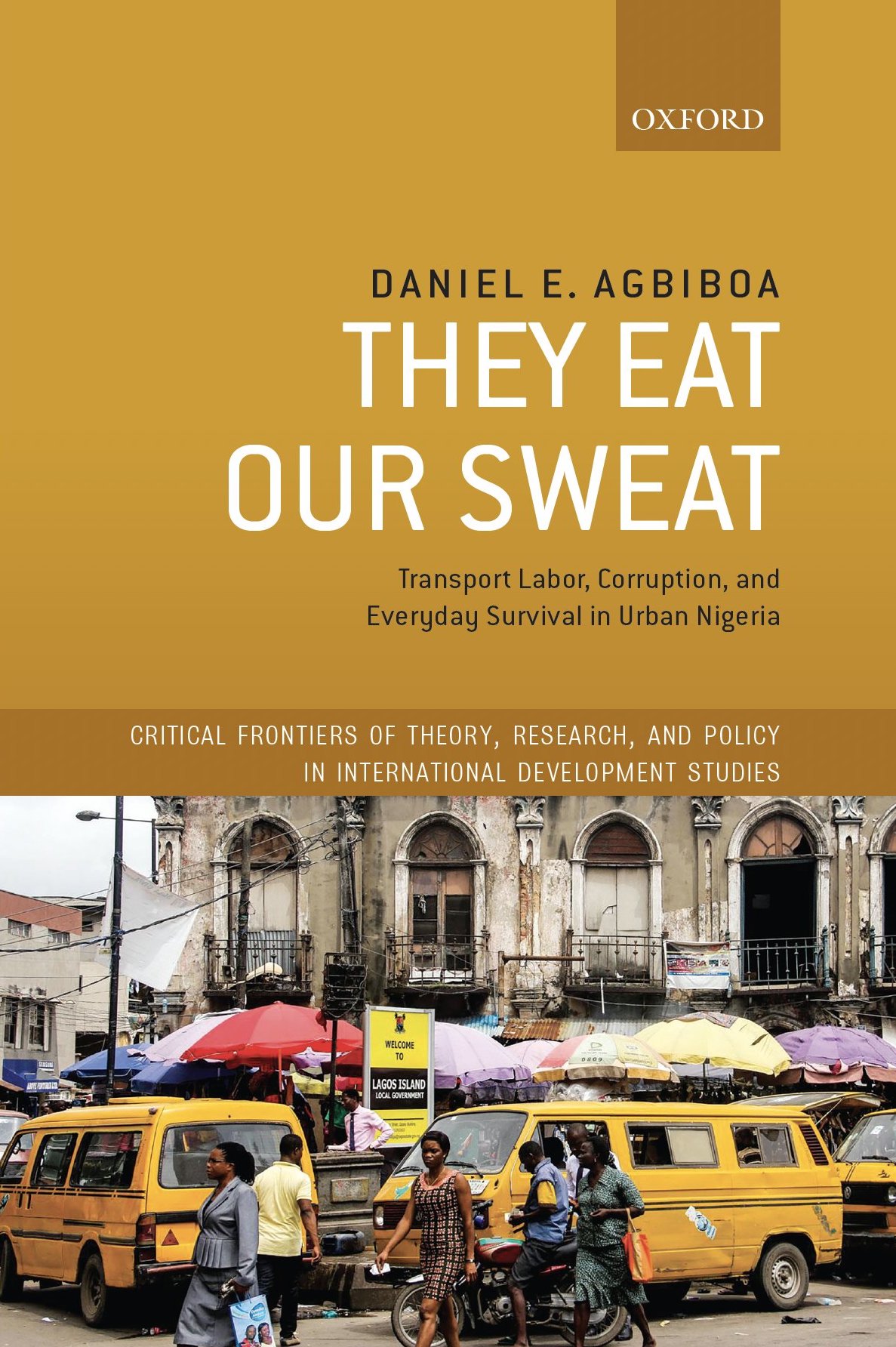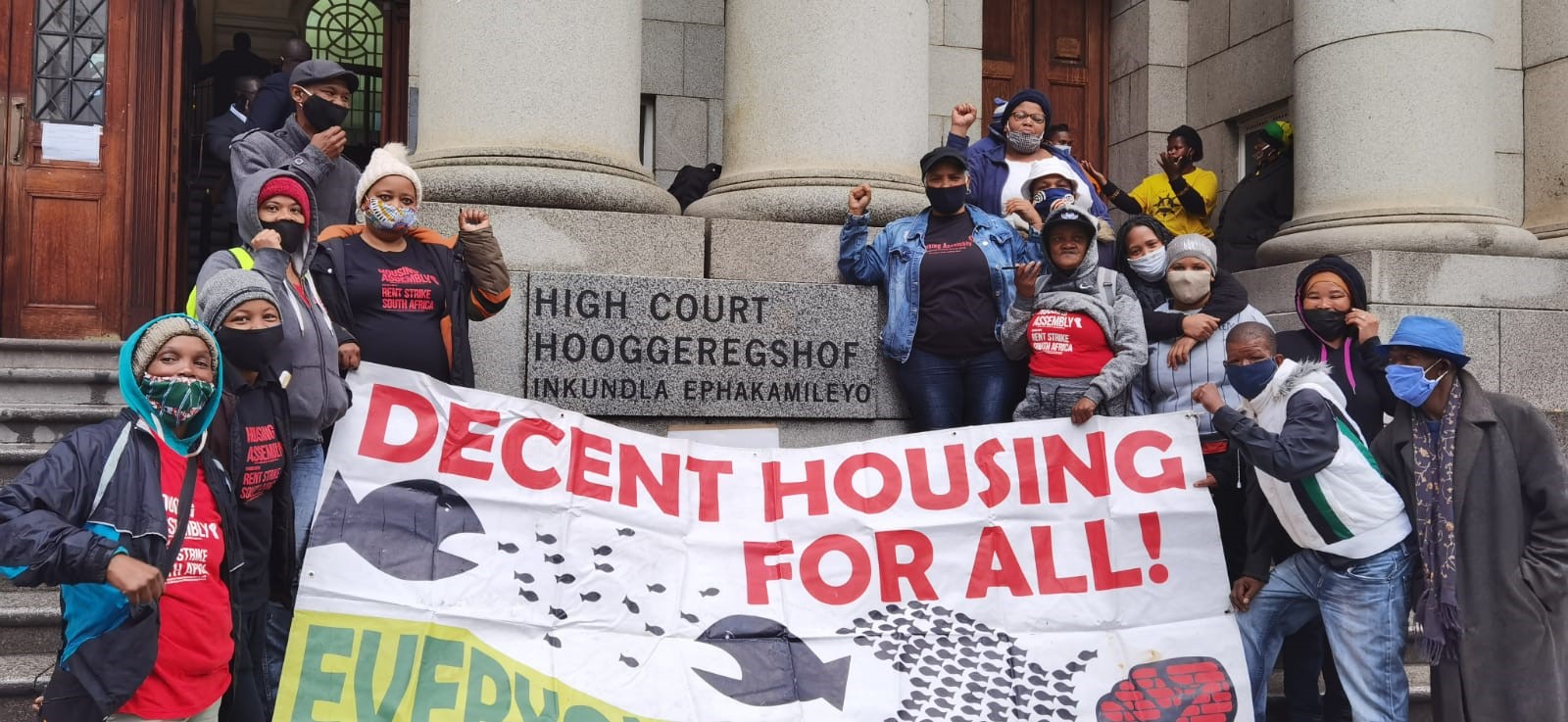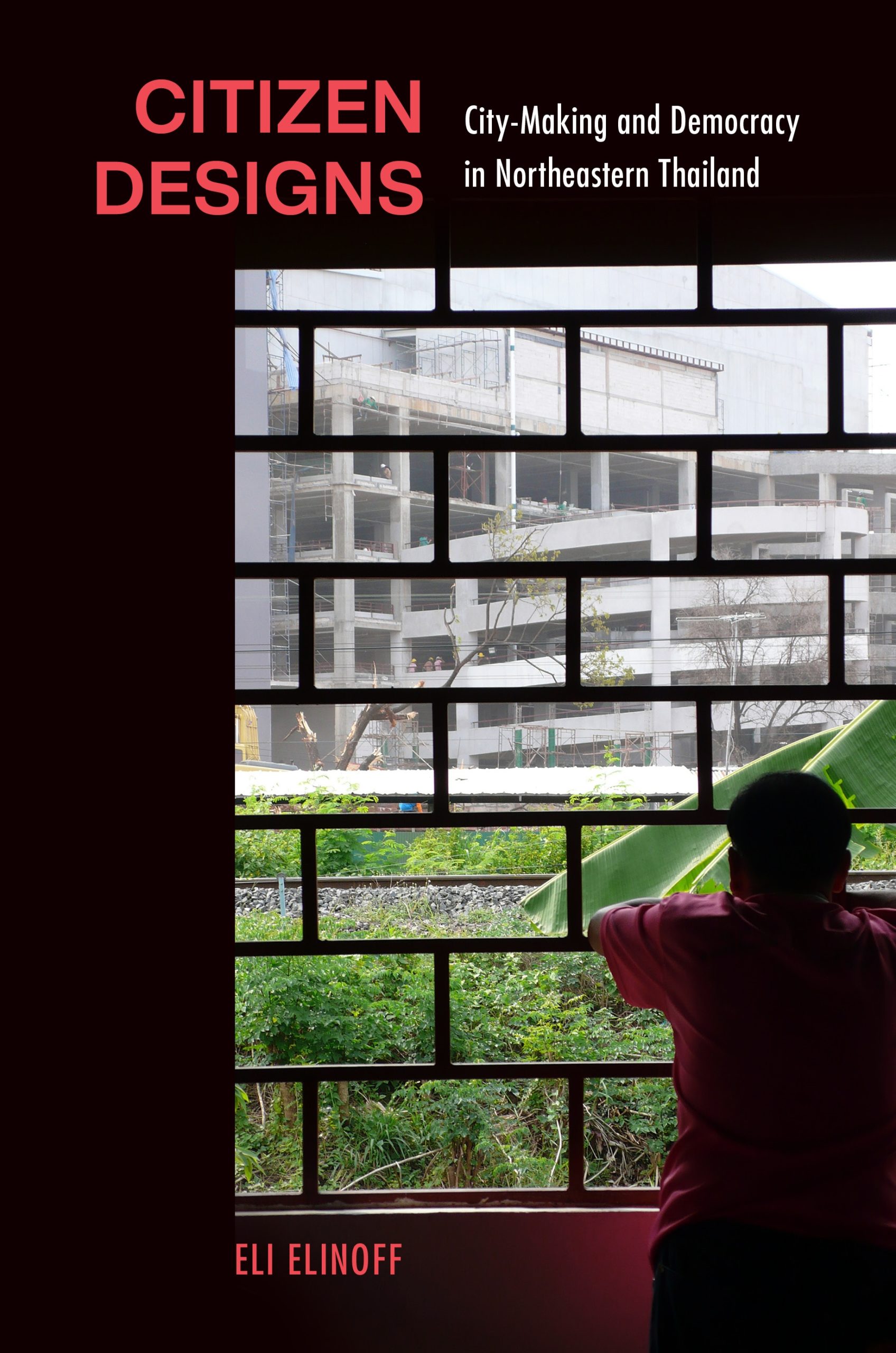I
mages of homeless people—both those captured through cameras and imaginaries that saturated with meaning through popular discourse—have an enormous effect on how cities respond to the ongoing crisis of homelessness. As we write, New York City counts over 62,000 homeless people on the street and in the shelter, a number that may well be short of a more accurate figure. Our city has a right to shelter, but not a right to housing, and there is a critical difference at play between the two: Shelter only removes the visible fact of homelessness from view, while doing little to change the material circumstances. And while images of street homelessness have been historically used to suggest that homeless people don’t work traditional jobs and only panhandle, new data is increasingly putting the lie to this myth. We know that the primary cause of homelessness is a lack of affordable housing, but dominant images have produced their own powerful discourse that points the finger at homeless individuals as “service resistant” and unable to take part in the right to housing.
As we (Eric) have recently written about for Society and Space, a 2015 anti-homeless photography campaign called “Peek-A-Boo, We See You Too” brought out many of the visual tropes associated with homelessness in NYC. But Picture the Homeless has long known that the way that homeless people are seen—by everyone ranging from police to passerby—has an outsized impact on our lives and livelihoods. Here, we want to share our ideas and theories, based on nearly 20 years of successful organizing for civil rights and housing justice for homeless New Yorkers.

A History of Images
When Picture the Homeless formed in 1999, homeless New Yorkers were arguably in more danger than at any other time in the city’s history. Throughout the previous two decades, the visible re-emergence of homelessness on the city’s streets—itself due to the onset of neoliberal policies that eroded social safety nets and produced mass displacement via the city’s incentives for luxury development—had become central to a racialized discourse of “law and order.” While Mayors Koch and Dinkins had attempted to remove homeless people from public spaces such as Grand Central Terminal and vastly increased the NYPD’s focus on attacking homeless people over “quality-of-life” crimes, the administration of Rudolph Giuliani (1993-2001) brought anti-homelessness to a new level of violence. Alongside his partner-in-crime, Police Commissioner William Bratton, Giuliani regularly blamed homeless people for all of the city’s ills, from the street hustles of squeegee men to the state of the city’s parks. Homeless people were struggling more to survive, as the city became increasingly hostile both to any housing-based solution to homelessness and the visible presence of people on the street.
When Giuliani invoked the specter of the homeless person as a danger to the public, and therefore defined the public as synonymous with housed people, he drew on a long tradition of photographs dating all the way back to Jacob Riis, the social reformer who decried the housing conditions of immigrants in turn-of-the-century New York while instantiating visual tropes of precariously-housed people as dirty, unsafe, and unable to maintain their own housing. Scholars of homelessness in the 1990s such as Rosalyn Deutsche, Don Mitchell, and Neil Smith often observed this connection and noted it as crucial to the broader geographies of urban space that they worked to theorize. But for Picture the Homeless, that knowledge came first hand, accrued through all of the police questionings, nights in unsafe shelters, and barriers to safe housing thrown up by a city that claimed to be helping those who wanted help. As we have written elsewhere, our founders, Anthony Williams and Lewis Haggins, knew that nothing would change until homeless people were able to shift the narrative about why folks are homeless. The name Picture the Homeless itself is a reflection of our co-founders analysis about how important the ways in which people “picture” homelessness results in negative public policies that actually harm homeless people.
While the work of resisting anti-homelessness often involves pointing out these harmful visualizations of homelessness, PTH’s work goes beyond this realm to also point out those things that can’t be seen by the gaze of planners and politicians alike. When discussing their various histories in organized and informal squatting situations alike, PTH members began to think about the role of vacant buildings and lots in the political economy of housing. Why, they began to ask, are there so many vacant buildings and lots when the city claims to have a massive housing shortage and not enough affordable apartments for poor and homeless folks? Months of groundbreaking research—much of which was conducted on foot, since at the time the city kept no record of vacancies—led to Banking on Vacancy (2011), a comprehensive report that demonstrated that the city holds more than enough vacant buildings to house its homeless. Where planners and government agencies saw derelict buildings, and where investors and owners saw investment opportunities to reproduce their own capital, PTH saw the potential for housing—a radically different vision that disrupted the “business as usual” of the city just as much as resisting violent images of homeless people.

Responding to “Peek-A-Boo” in the “progressive” city
When the Sergeants Benevolent Association (SBA), a reactionary right-wing union of the NYPD, announced their campaign against homeless people under the sinister title of “Peek-a-Boo, We See You Too,” members and leaders of PTH were not particularly surprised. The SBA and their leader, Ed Mullins, had long targeted homeless people as the primary visual evidence for the imperative for broken windows policing, and instilling the fear of the “bad old days” coming back under the less-revanchist de Blasio administration. The biggest concern in addressing “Peek-A-Boo” was the climate that the images helped to produce, and in particular the revival of “move-along” orders, in which police officers told homeless people (informally, without official paperwork, but backed by the threat of violence) that they had to move from places they had long used for relaxing, talking to one another, checking in, and unwinding—in other words, important sites of social reproduction.
Crucially, both the images of “Peek A-Boo” and the vast majority of move-along orders took place not in heavily-touristed areas of the city such as midtown, but instead in gentrifying neighborhoods, and especially in Harlem around the 125th st corridor. As PTH formulated our response to these events, the locational politics of anti-homelessness became clear, and so too did their difference from the revanchism of the 1990s. No longer were homeless people seen just as getting in the way of the movement of capital and the “business” of the city—now, instead, it was the premise of being visually incommensurate with residential wealth that justified removal. Or, in plain language, as we were told many times by NYPD officers: “The people moving in here don’t want to see you around anymore.” Yet we also know that the city produces its own way of seeing homeless people through their policies. For instance, the diet that people are forced to adhere to in shelters—primarily microwaved processed foods with limited nutritional content—causes health problems that become visible as unsightly and unseemly. Access to personal hygiene materials, ranging from toiletries to tampons, becomes extremely limited for people both in shelters and on the streets. So we know that the visuality of homelessness relied on both by the NYPD and the broader homelessness-industrial complex of shelter and service providers is, in large part, self-produced and self-fulfilling.
Where “Peek-A-Boo” and move-along orders depended on a flawed visuality, PTH pushed back hard by injecting another sense into the conversation: touch. Our response, titled “Hands Off the Homeless,” made clear that these images and imaginations cannot be innocent of the violent displacement occurring every day in neighborhoods like Harlem. At multiple events all over the city, PTH pointed out over and over again that a truly progressive city cannot simply disavow extremist elements such as the SBA; an actual progressive city would understand that the material harms to homeless people come not just from grossly distorted and violent images, but from the everyday actions of police and residents alike, all in the name of producing value from low-income communities of color. Homeless people, we pointed out, have often lived in neighborhoods such as Harlem for as long as any of the residents fighting against displacement, and yet their lack of housing renders them the first targets of displacement, a decidedly visceral experience. We came out (and still do) to show solidarity with all people who are harassed by the police for no reason other than their housing status or their inability to fit in with the dominant imagination of the neighborhood. It seemed to us like every time we turned around, the police were there, reminding us yet again that we could not and would not fit into even the “progressive” city. Yet the proliferation of homeless sweeps, as recent experiences in San Francisco painfully demonstrate, seem to endure despite changing political winds, calling our attention to how deeply anti-homelessness is embedded into the US urban political landscape.
When Bill Bratton, in his final months as police commissioner, made a surprise visit to 125th st, perhaps to survey his handiwork, he was none too pleased to find Picture the Homeless waiting and ready for him with a series of questions. Was he aware that move-along orders given to homeless people violated the Community Safety Act, a bill passed in 2013 by PTH and their allies in Communities United for Police Reform that made housing status a protected status alongside race, gender, and sexual orientation? Why did he feel that such tactics were still warranted, given that courts had recently declared the vast majority of Broken Windows policing practices illegal, and the de Blasio administration had distanced itself from them? Unsurprisingly, Bratton’s responses were vague and unsatisfactory, and several months later he was gone as police commissioner, we hope never to return. But this episode underscores something important for PTH’s understanding of homelessness and visuality. While scholars and activists have recently produced crucial knowledge about Broken Windows, charting its endurance (as Rachel Herzing calls it, its “magical life”) and its entrenchment in racialized geographies that stretch back to plantation geographies and far beyond the time or place of Bratton in particular, an underlying logic of anti-homelessness now seems able to transform and mutate into new forms beyond the remit of Broken Windows and other particularly punitive forms of urban policing. Anti-homelessness, we think, seizes on multiple mechanisms through which to operate: policing techniques, resident-driven technologies such as 311 complaints and online city data forums, public health initiatives such as neighborhood cleanups, park and greenspace designs that minimize the visibility of homelessness, political housing movements including both NIMBYism and YIMBYism, and so on. The anti-homelessness of these endeavors appears both subtly and obviously, but what unites them most of all is a predominantly visual understanding of homelessness, as a problem in the field of sight that must be cleared. And understanding homelessness as such, no matter the good or bad intentions of the actors involved, will always fail to recognize that homelessness is central to the political economy of the neoliberal capitalist city, from payouts to shelter providers to incentives for developers to clear particular areas. So the visual underpinning of anti homelessness both distracts from the economic centrality of homelessness and renders homeless people as uni-dimensional, subjects but not actors in the life of the city.

Seeing Housing
To combat this enduring anti-homelessness, PTH organizes a slew of campaigns that attempt to put homeless people’s ideas about what a just city looks like into being. Much of this work begins with a reorientation of vision around not only housing, but other crucial aspects of urban space. Where city planners see abandoned and unused public bathrooms as threats to safety, for instance, homeless people see a massive opportunity to improve the quality of life for everyone living in a city. So PTH has embarked on a campaign for the installation and refurbishing of public bathrooms in key areas of the city—the sort of surprising but powerful work that can come about from looking at things differently. Similarly, our work for community land trusts—an issue that policymakers deeply doubted could be understood by homeless people—has broken ground, literally and figuratively, in what New Yorkers can see when they look at an older building in a gentrifying neighborhood. In cities as dense as New York, the central importance of land can often become obscured: we see buildings, we deal in buildings, and we sometimes forget that the land itself, which holds a long history of violence and theft, can become a site for intervention into the material urban landscape and the aesthetics used to justify the exclusion of homeless people from housing.
There is power, as PTH has proven over and over again, in seeing and knowing the city differently, from the point of view of those whom the city would like to disappear. The contradictions of the city—the use of the sight of homeless people as justification for their removal, the pervasiveness of anti-homelessness even amongst an avowedly anti-racist and anti-broken windows administration, the continual exclusion of homeless people from any idea of a “public” even as anti-homeless architecture goes by the wayside—all become both clearer and more worthy of investigation when seen from the years of accumulated ideas and expertise of PTH members. This pursuit is one of praxis, a fusion of knowledge and experience forming one another. Even amongst NYC organizing groups, PTH has been known for years as a group of intellectual activists, as willing to break it down in conversation with academics as they are to take over buildings and seize public space (and, as is well known, to throw the best parties in the movement). We think that this interplay is absolutely crucial to the kind of vision that PTH promotes, which pushes back against the materiality and images of anti-homelessness with unexpected ideas and imaginations. Anti homelessness is powerful, but so too are our own eyes.
Further Reading
Baptist W & Bricker-Jenkins M (2001) A View from the Bottom: Poor People and Their Allies Respond to Welfare Reform. The Annals of the American Academy of Political and Social Science, 577(May), 144–156.
Camp J and Heatherton C (eds) (2016) Policing the Planet: Why the policing crisis led to Black Lives Matter. New York: Verso.
Goldfischer E (2018) “Peek-A-Boo, We See You Too”: Homelessness and visuality in New York City. Environment and Planning D: Society and Space.
Lewis L (2018) Picture the Homeless Oral History Project.
Picture the Homeless (2018). The Business of Homelessness: Financial and Human Costs of the
Shelter-Industrial Complex.
Picture the Homeless (2011) Banking on Vacancy: Homelessness and Real Estate Speculation.
Schmidt K (2015) Seeing the “Homeless City”? Some Critical Remarks on the Visual Production of Homelessness through Photography. European Journal of Homelessness, 9(2), 283–303.
Schweik S (2009) The Ugly Laws: Disability in Public. New York: NYU Press




















